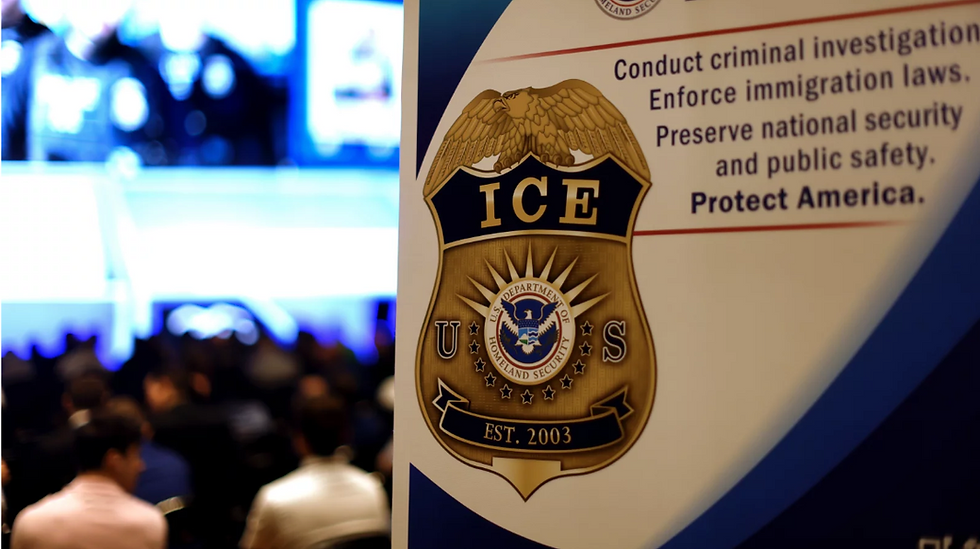The Dire Consequences of Climate Change for Polar Bears
- Nasma Ibrahim
- Feb 16, 2024
- 2 min read
Updated: Feb 18, 2024
Nasma Ibrahim, Staff Writer

A starving polar bear walks along sea ice. Photo//Wikimedia Commons, Andreas Weith
As climate change persists, the Arctic is exhibiting severe signs of its impacts. With diminishing sea ice and shifting patterns of rainfall and snowfall, Arctic animals, including polar bears, are adapting to these transformations.
Sea ice, the frozen seawater that floats on the ocean surface, is melting as temperatures rise. Polar bears heavily depend on sea ice for hunting seals, their primary source of food. Employing a tactic known as still hunting, they rest near breathing holes and pounce on seals when they surface to breathe. However, with melting sea ice, polar bears are unable to hunt seals and are forced to move inland and consume terrestrial foods.
Some polar bears have resorted to eating birds, berries, kelp, grass, and caribou. While these alternative foods provide energy, bears have to spend more energy to obtain them. In a study monitoring 20 polar bears over three weeks without ice, researchers discovered that various energy reserve maintenance strategies still resulted in rapid weight loss, averaging 2.2 pounds per day. The longer polar bears spend on land, the higher the risk of their starvation.
In the southern Beaufort Sea off northeastern Alaska, and the western Hudson Bay in Canada, regions experiencing significant sea ice loss, polar bear populations have seen substantial declines. The Southern Beaufort population has declined 40% from 900 bears in the first decade of this century, while the western Hudson Bay population has decreased by 30% since 1987.
Melting sea ice has additional consequences for polar bears. As food sources diminish, instances of polar bear cannibalism, previously rare, are on the rise. Additionally, polar bear subpopulations are not dispersing to other areas, leading to inbreeding as a means of maintaining their groups. As polar bears become more isolated due to melting ice, scientists anticipate a likely increase in inbreeding, which could result in reduced genetic diversity, impacting survival and productivity.
Scientists warn that if global warming continues at its current rate, polar bears could be on the brink of extinction by 2100 due to starvation. Without a reversal in climate trends, we could lose these iconic arctic mammals.




Comments